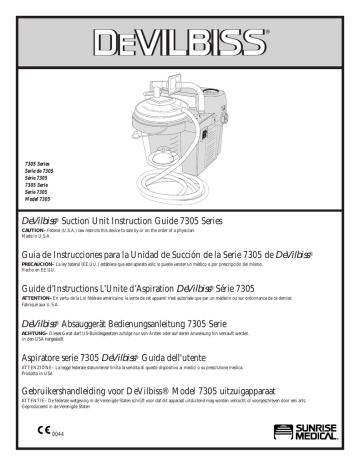

“One has to remove his clothing and wear a patient gown. The procedure hardly takes 15 minutes, said Dr Bhambure. As we diagnose the cause of pleural effusion, we can treat it accordingly.” A thoracentesis will help you get rid of the fluid to help you breathe freely, mentioned Dr Bhambure.Īgreed Dr Goel, and mentioned, “It is done for diagnostic and therapeutic purposes to get rid of excess fluid, so that patient can be relieved of fluid leading to decrease in chest pain and breathing trouble.


“Depending on the results of pleural tap, the patient is treated, mentioned Dr Arunesh Kumar, HOD, Paras Chest Institute, and senior pulmonologist, Paras Hospital, Gurugram.Ī doctor may recommend a thoracentesis or pleural tap to diagnose and guide treatment for certain diseases, such as cancer, infections, and heart failure. It is the only way to diagnose and treat pleural effusion and underlying problems. The cause ranges from infective to inflammatory to malignancy. Also in chronic liver diseases, chronic kidney disease patient and other benign diseases, pleural effusion, that is fluid in lung cavity, get accumulated,” said Dr Piyush Goel, senior consultant- pulmonary and critical care, Columbia Asia Hospital, Palam Vihar, Gurugram. “Tuberculosis is one of the most common reasons, especially in Indian settings.

This is known as pleural effusion, and pressurises the lungs and makes it difficult for one to breathe,” explained Dr Chetan Bhambure, consultant interventional cardiologist, Wockhardt Hospital, Mira Road.Įxcessive pleural fluid can be because of many reasons. “Certain diseases and conditions cause a buildup of pus, blood, or too much pleural fluid in one’s pleural space. Pleural fluid tends to cushion and lubricate one’s lungs as they expand and contract during breathing. Pleural fluid is located in the pleural space that is inside the lining that tends to cover the lungs and inside of the chest.


 0 kommentar(er)
0 kommentar(er)
